5 top tips for growing orchids from expert florists
Here are some expert tips on growing orchids to make them thrive
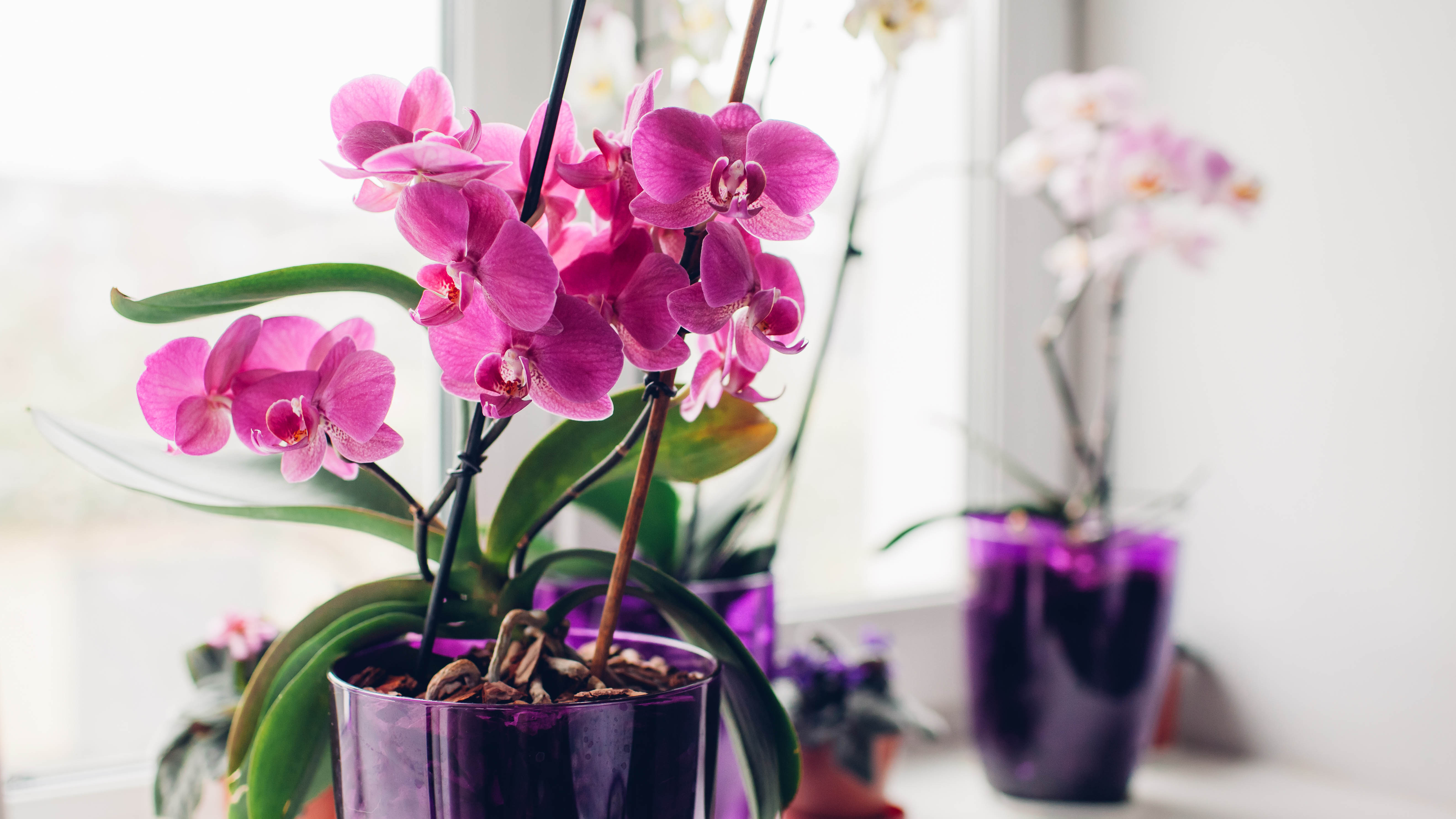
Orchids are beautiful houseplants that come in vibrant colors and different species. And while they can instantly brighten up any room, knowing how to care for an orchid and make it thrive can seem tricky.
However, you can grow a healthy orchid in the right conditions so it will continue to rebloom and look spectacular. Luckily, we have gardening experts at hand to share their top tips for growing orchids. Whether you’re planting from seeds or buying an already established plant, there are some essential things you can do to ensure more blooms.
So if you’re an orchid-enthusiast or have been gifted this beautiful plant, follow these top tips for growing orchids, from expert florists.
1. Choose the right type of orchid and growing medium
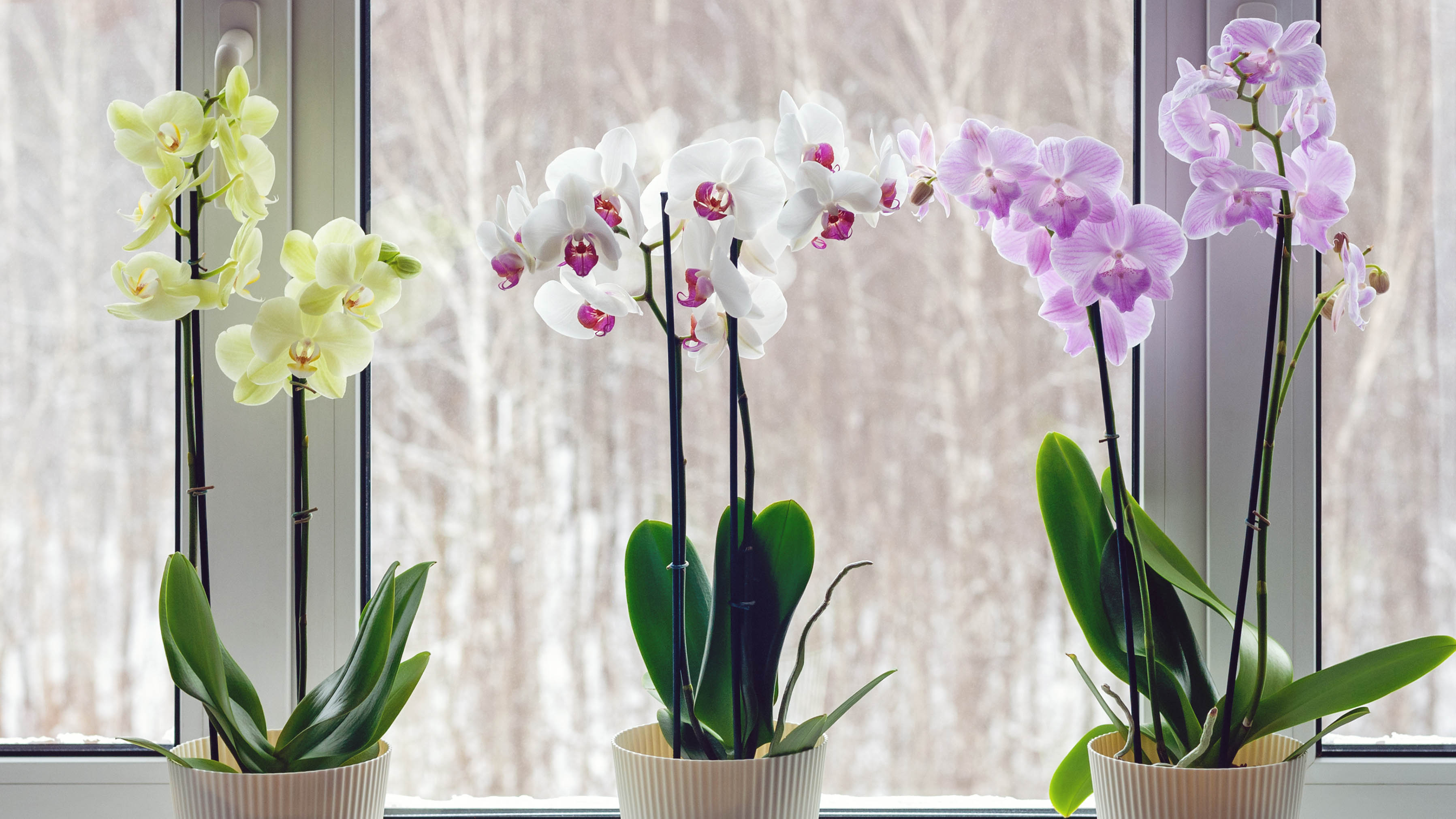
Since there are around 200 species of orchids in North America, (and over 25,000 globally!), experts recommend choosing the right type of orchid for you.
“If you're new to growing orchids, it’s best to start with a beginner-friendly species,” says David Denyer, Expert Florist at Eflorist. “Moth orchids (Phalaenopsis), Cattleya orchids and paphiopedilum orchids all make great options as they are more forgiving and adapt well to home environments. When you’re buying an orchid to plant or care for, make sure you choose one with healthy green leaves, firm roots and no signs of pests or diseases.”
In addition, you’ll need to take note of which growing medium your orchid species needs. The growing medium essentially is a substrate or potting mix — a material other than soil used to grow plants in.
“Terrestrial orchids, including the paphiopedilums, grow in soil, while most tropical orchids are epiphytes, growing in the air. For terrestrial orchids, opt for well-draining soil. For tropical epiphyte orchids, surround its roots with bark and sphagnum moss to ensure proper aeration and drainage.”
Sign up to get the BEST of Tom's Guide direct to your inbox.
Get instant access to breaking news, the hottest reviews, great deals and helpful tips.
2. ‘Sterilize’ soil before planting seeds
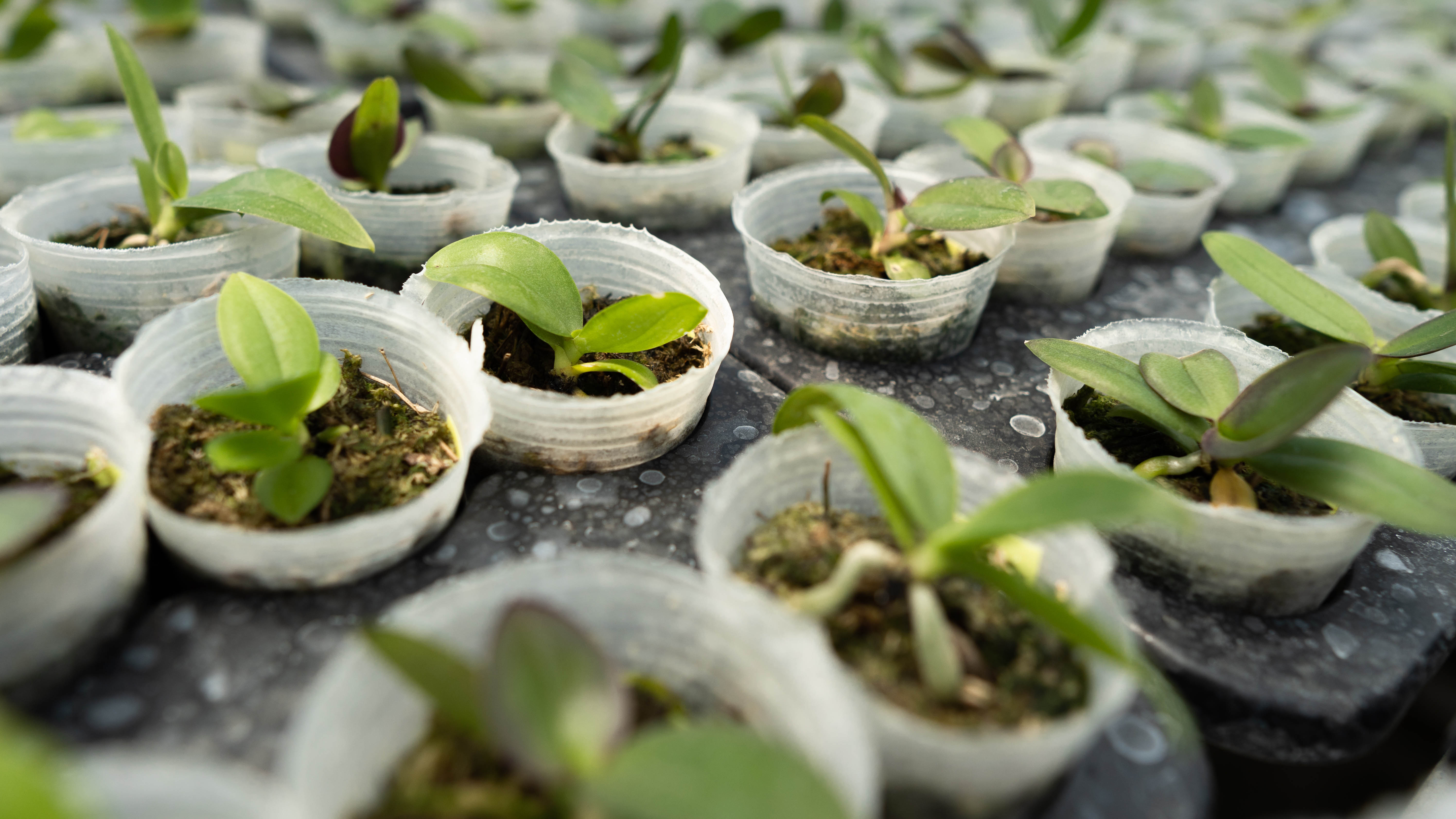
If you want to try growing an orchid from a seed, a top tip is to fertilize or ‘sterilize’ the soil first before planting orchid seeds. This will ensure it has all the necessary nutrients to boost orchid, healthy growth.
“Before you plant your seeds, you need to ensure that they are sterilized as this can help the plant to germinate better,” states Craig Wilson, co-founder, director, & in-house gardening expert at Gardeners Dream. “Opt for a balanced fertilizer like 20-20-20, which will help supply all the primary nutrients needed to help your orchids grow. After you’ve prepared your soil, scatter your seeds in an even-thin layer and gently rake the soil back over to cover the seeds.”
“When choosing soil to plant your orchids in, opt for a more porous, looser mix like bark chips or sphagnum moss. This is because regular multi-purpose soil tends to hold a lot of moisture which can lead to the orchid roots to rot.”
3. Use plastic containers
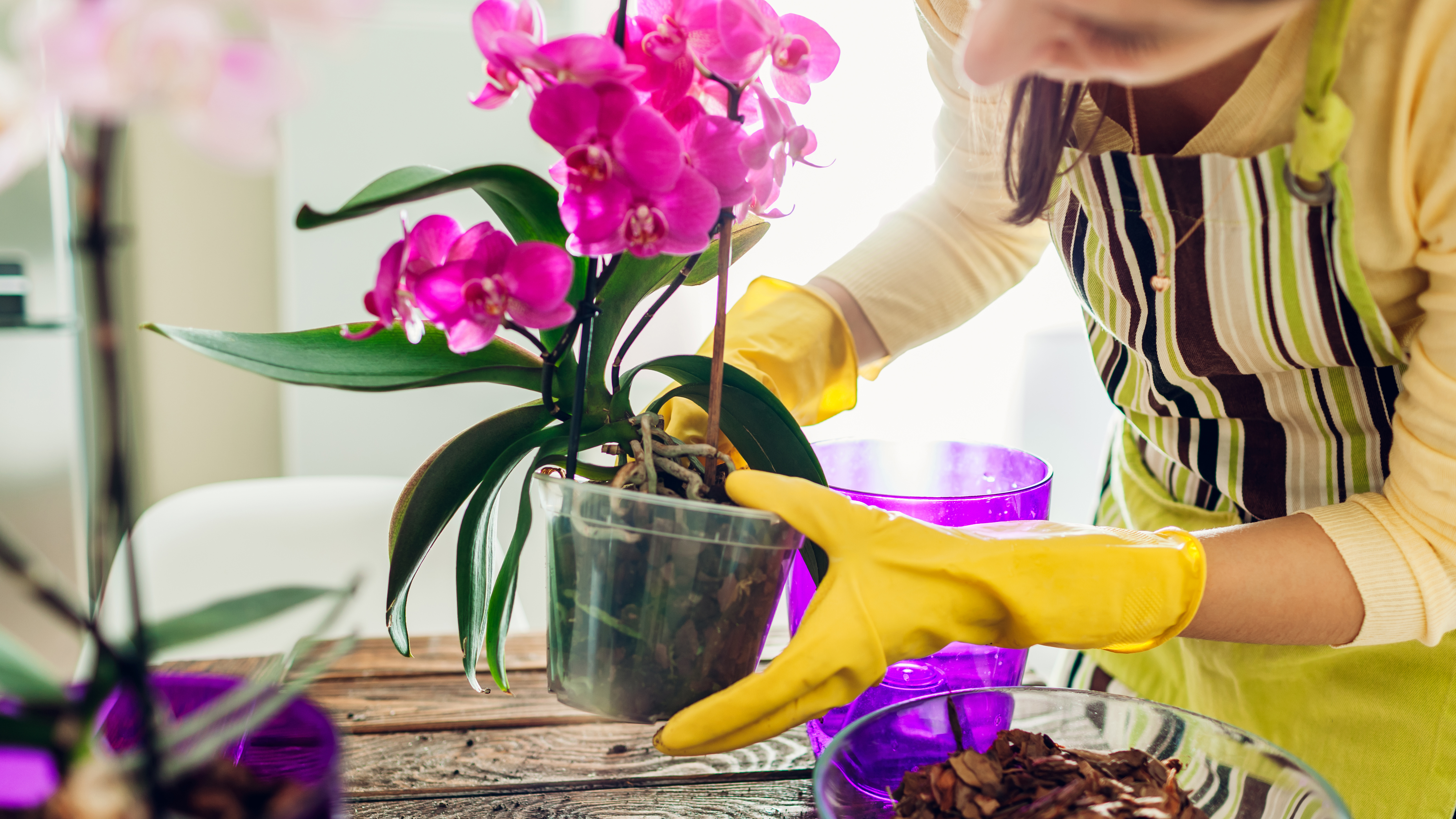
While orchids may look attractive in decorative containers, this isn’t the best home to grow them in. Additionally, most decorative containers often lack adequate drainage holes, which can easily encourage overwatering and root rot to develop.
“Eventually, your orchid will need to be repotted, so using a plastic pot can be beneficial as the roots will be easier to detach,” suggests Denyer. “How often they need to be repotted is entirely dependent on the orchid itself — they prefer to be undisturbed so try to keep them in their pot for as long as possible. Once its growing medium has begun to break down or if the orchid's roots are creeping out, it's time to find a new home for your floral friend.”
“Nothing kills an orchid faster than having it sit in a water-logged pot — they tend to fare much better in drought than an environment with excess moisture. For most orchids, watering them once a week will do the trick.”
4. Get the lighting right
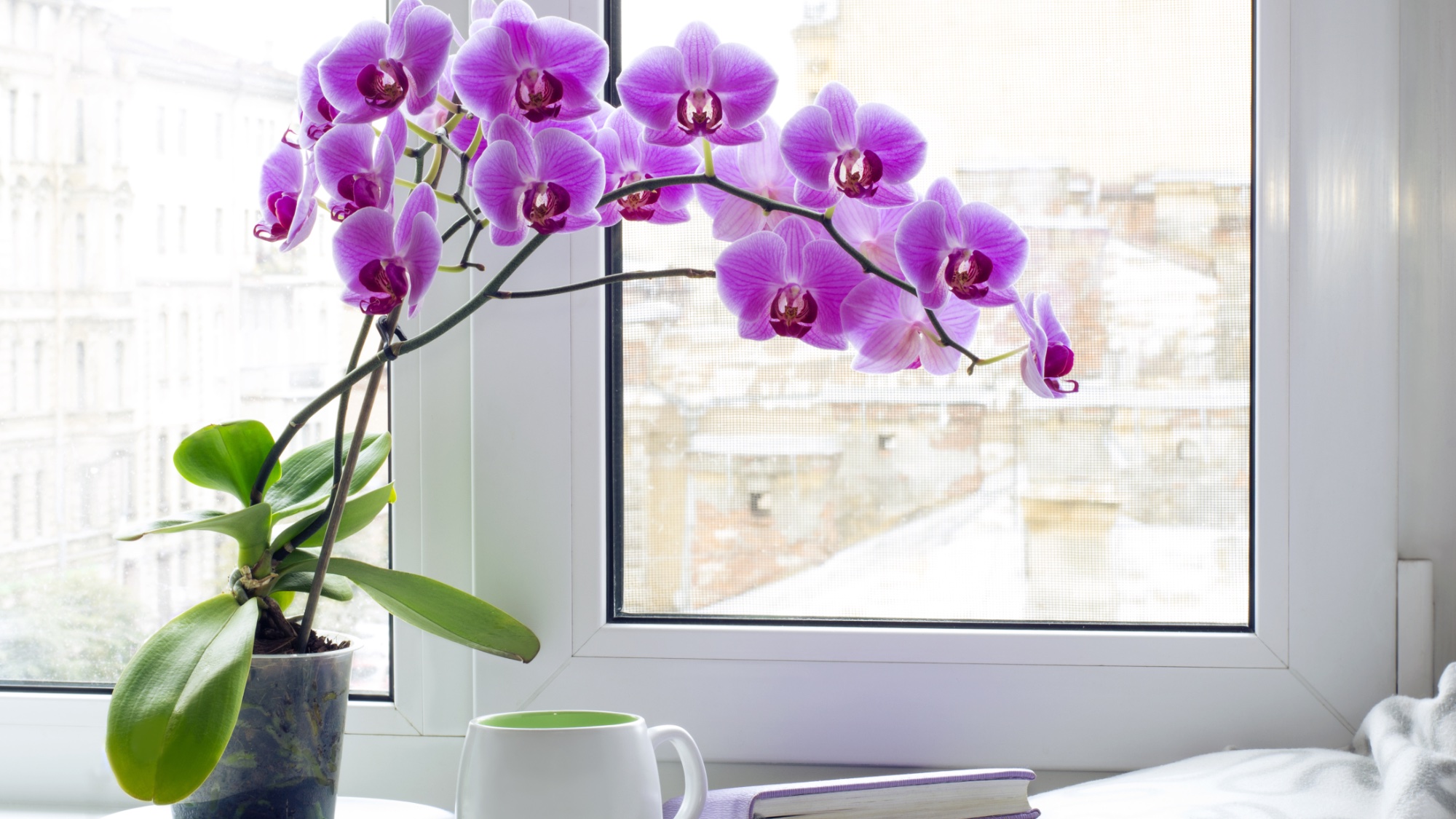
Orchids may need a lot of sunlight to thrive, but try not to expose it to direct sunlight for long periods of time.
“Like many plants, orchids thrive off light but not direct sunlight, so when planting your orchid ensure you position it in a place with partial shade but can still attain sunlight,” advises Wilson. “It is a good idea to water these plants once every 7 to 11 days when you will usually see the soil start to dry. However, too much watering can damage your plant and cause your orchid to die.”
Denyer also agrees, “It’s best to place your orchid near an east or south-facing window. Be wary about placing them in direct sunlight constantly, because it can scorch their leaves. In areas with limited natural light you can also use supplemental lighting such as LED grow lights — it's recommended to position these about 6-12 inches above your plant.”
5. Pay attention to humidity levels

Orchids prefer a warm, humid and consistent temperature — one which matches their natural environment. However, you need to keep an eye on fluctuating humidity levels.
“Depending on what type of orchid you have, humidity may be a crucial factor in ensuring they grow well,” says Denyer. “Tropical orchids prefer humidity levels of 60-80 percent, so in the winter months it’s worth investing in one of the best humidifiers. Alternatively, you can try misting.”
Typically, these plants are best kept at around 70-80°F in the day, and then slightly cooler at night, at about 65°F or higher.
More from Tom's Guide

As the Homes Content Editor, Cynthia Lawrence covers all things homes, interior decorating, and garden-related. She has a wealth of editorial experience testing the latest, ‘must-have’ home appliances, writing buying guides and the handy ‘how to’ features.
Her work has been published in various titles including, T3, Top Ten Reviews, Ideal Home, Real Homes, Livingetc. and House Beautiful, amongst many.
With a rather unhealthy obsession for all things homes and interiors, she also has an interior design blog for style inspiration and savvy storage solutions (get rid of that clutter!). When she’s not testing cool products, she’ll be searching online for more decor ideas to spruce up her family home or looking for a great bargain!
